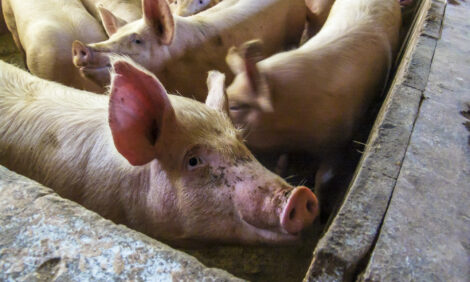|
Need a Product or service?
|
|

Ron Plain |
The discovery in May of BSE in a cow in Alberta and the subsequent announcement on December 23 of a cow in Washington with BSE made 2003 arguably the most dramatic year in the history of the North American cattle industry.
The impact of these events on the hog industry has been a bit surprising to me. My expectation on May 20 was that the announcement of BSE in Canada would be beneficial to hog prices. I expected Canadian and U.S. consumers to react much as their counterparts had done in Europe and Japan following BSE scares and reduce their beef consumption and increase their consumption of other meats.
However, I underestimated the intelligence of North American consumers. They reacted to the news of BSE in Canada with reason rather than emotion. There wasn't a flight by consumers away from beef; only a lot more beef in Canada (they had been exporting about 25% of their calf crop and 45% of their beef production prior to May 20) and less in the states (9% of the beef Americans consumed in 2002 came from cattle born in Canada). The sudden increase in the quantity of beef in Canada caused their beef prices to plummet while the U.S. beef shortage drove U.S. beef prices to record highs. This in turn, led to an increase in the shipment of hogs and pork from Canada to the U.S. (It's easier for pork to compete against high priced beef in the states than cheap beef in Canada.) Preliminary numbers indicate the U.S. imported a half million more slaughter hogs from Canada in 2003 than in 2002.
What will be the impact of the December 23 BSE announcement on U.S. hog prices? The U.S. exported about 10% of our beef production prior to the December 23 announcement of BSE in Washington. Post-BSE, our beef exports are likely to be closer to 1% of U.S. beef production. This means the quantity of beef on the U.S. market in 2004 will be much higher than we expected a few days ago. More beef means lower beef prices. Although the cross-price elasticity is not high, lower beef prices still means lower pork prices.
The BSE in Washington didn't come at a good time for hog producers. The typical producer lost money in 2002 and 2003. With 2004 hog slaughter expected to be record high, it currently looks like this will be another year of red ink for U.S. pork producers.


















